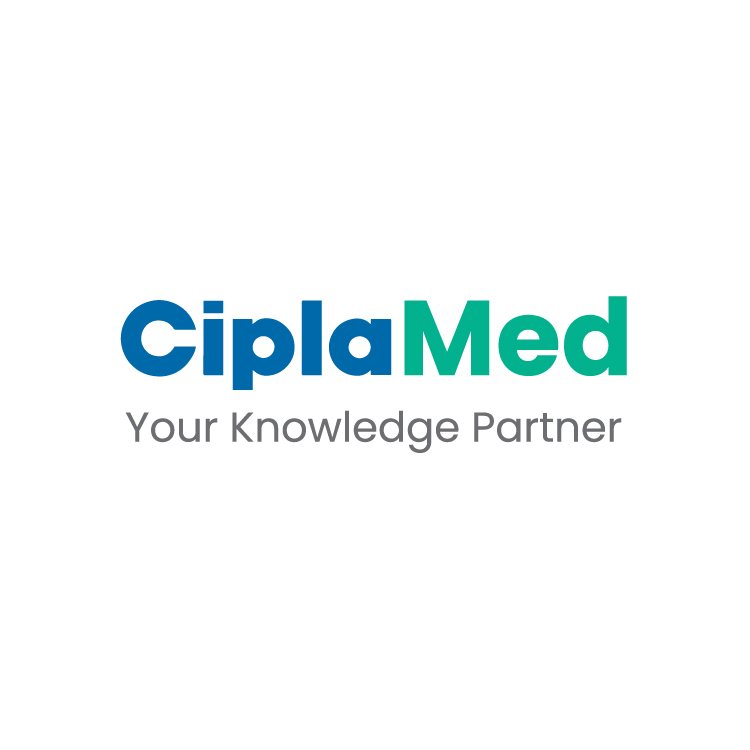Study Question: Is oral micronized progesterone (MP) as effective as GnRH antagonists in achieving a comparable number of mature oocytes retrieved during ovum pick-up (OPU) in oocyte donation cycles?
Summary Answer: Oral micronized progesterone yielded a comparable number of mature oocytes (MII) to GnRH antagonists.
What Is Known Already:
Progestins have been used to suppress the LH surge since 2015, simplifying protocols by avoiding injections. Micronized progesterone is effective in suppressing LH, but has not previously been compared to GnRH antagonists in a large-scale trial.
Study Design:
- An open-label, single-centre, randomized clinical trial over 13 months with 150 oocyte donors.
- 150 donors randomized 1:1 to receive either MP (200 mg daily) or GnRH antagonist (0.25 mg/day) with triptorelin acetate 0.4 mg.
- 145 reached OPU: 73 in MP group, 71 in antagonist group.
- Monitoring included hormone levels and ultrasound.
- Trigger: ≥4 follicles ≥17 mm, followed by OPU after 36 hours.
- Primary outcome: Number of mature oocytes (MII).
- Secondary outcomes: Embryological parameters.
Results:
- Stimulation duration and gonadotropin doses were similar (9.62 vs 9.66 days, p = 0.84; 2163 vs 2155 IU, p = 0.96) respectively.
- MP group had more follicles ≥17 mm (10.08 vs 8.21, p<0.05) and higher estradiol (3801 vs 2473 pg/mL, p<0.001).
- No significant difference in MII (13.68 vs 13.80, p=0.98).
- MP group showed less LH suppression (3.73 vs 2.03 IU/L, p<0.001); no cases of empty follicle syndrome.
- More blastocysts in MP group (4.81 vs 3.90, p<0.05).
- Premature LH surges more frequent with antagonist (11.45% vs 4.11%, p=0.12; not significant).
Limitations:
- Study powered only for MII outcomes; embryological results need future validation.
- Final donor randomized in Dec 2024; live birth outcomes pending and will be shared at ESHRE.
Wider Implications of the Findings:
MP-based ovarian stimulation offers a patient-friendly alternative to GnRH antagonists with comparable oocyte yield and potentially better blastocyst outcomes, suggesting it may support improved cumulative pregnancy rates.
ESHRE 2025, June 29 - July 2, Paris




